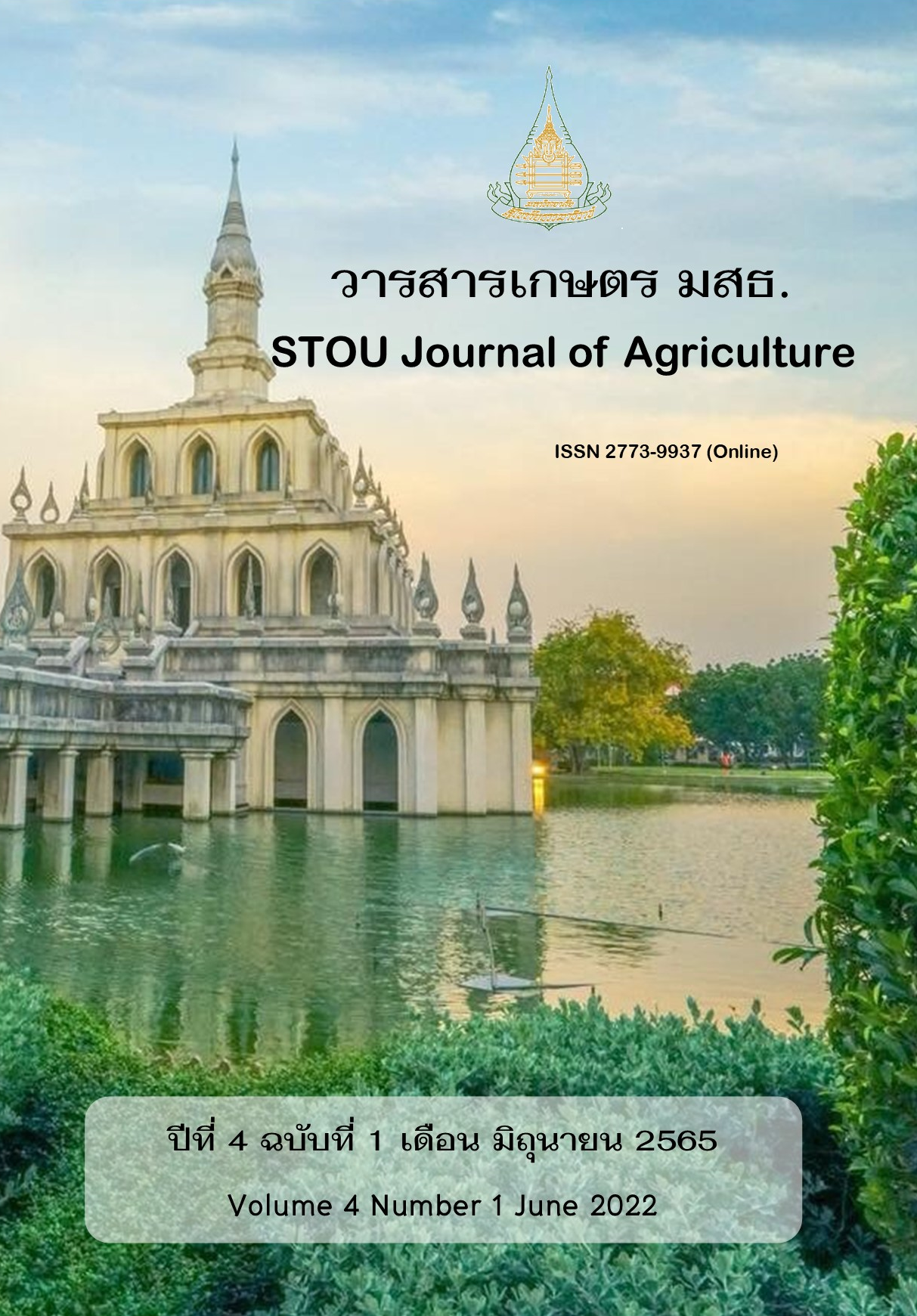ปรับกระบวนทัศน์นักการป่าไม้ไทยสู่อนาคต
Main Article Content
บทคัดย่อ
บทบาทของการป่าไม้ในปัจจุบัน มีความเกี่ยวข้องกับศาสตร์ หรือกิจกรรมต่าง ๆ ของหลายภาคส่วนทั้งทางเศรษฐกิจ สังคม และสิ่งแวดล้อม รวมทั้งทิศทางการพัฒนาของประชาคมโลก ดังนั้นเพื่อให้สอดรับกับบริบทของการเปลี่ยนแปลง นักการป่าไม้จำเป็นต้องตระหนักและปรับตัวให้ทันต่อสถานการณ์การเปลี่ยนแปลงเหล่านั้น บทความนี้ชี้ให้เห็นถึง ความหมาย และความแตกต่างของนักการป่าไม้แบบเดิม นักการป่าไม้ยุคใหม่ และนักการป่าไม้ในอนาคต โดยนักการป่าไม้เดิมเน้นเพียงทักษะ เทคนิคเฉพาะเรื่อง เช่น ด้านวนวัฒนวิทยา วิทยาศาสตร์ไม้ การทำไม้ แต่นักการป่าไม้ยุคใหม่จะบูรณาการศาสตร์ สาขาเฉพาะต่าง ๆ ในการทำงาน ส่วนนักการป่าไม้ในอนาคต จะเป็นผู้ใช้ทักษะและความรู้ของศาสตร์ใหม่ ๆ ปฏิสัมพันธ์กับผู้อื่นเพื่อให้ทำงานร่วมกันได้ดีและประสบความสำเร็จ รวมทั้งสร้างโอกาสให้ตนเองในการประกอบอาชีพในสาขาอื่นที่เกี่ยวข้องได้ด้วย นักการป่าไม้รุ่นใหม่ พึงต้องปรับกระบวนทัศน์ ให้มีทักษะความสามารถที่หลากหลาย พร้อมที่จะเรียนรู้ เชื่อมโยงศาสตร์ในสาขาที่เกี่ยวข้อง ปฏิบัติงานให้สอดรับการการเปลี่ยนแปลง ซึ่งภาครัฐและเอกชนจำเป็นต้องช่วยเกื้อหนุนในหลายด้าน เพื่อช่วยเสริมปัญญาและความสามารถพิเศษของเขาเหล่านั้น
Article Details

อนุญาตภายใต้เงื่อนไข Creative Commons Attribution-NonCommercial-NoDerivatives 4.0 International License.
บทความที่ได้รับการตีพิมพ์เป็นลิขสิทธฺ์ของวารสารเกษตร มสธ.
ข้อความที่ปรากฎใน
เอกสารอ้างอิง
กรมป่าไม้. (2562). กรมป่าไม้ 123 ปี รักป่า รักประชาชน. กรุงเทพฯ: กรมป่าไม้.
กรมป่าไม้ และ องค์การป่าไม้เขตร้อนระหว่างประเทศ. (2562). คู่มือการใช้เกณฑ์และตัวชี้วัดสำหรับ
การจัดการสวนป่าและชุมชนอย่างยั่งยืน.
APFNet. (2016). Construction of Multifunction Forest Management Demonstration Sites - Phase II. Retrieved from http://www.apfnet.cn/en/show-model6-967.html.
Dong Ke. (2018). Need for Future Foresters. PowerPoint presentation, Forest Rehabilitation in the Asia-Pacific Region and Associated Meetings, China National Convention Center, Beijing, China, 22-28 March.
Mansourian, S. and Parrotta, J. (2018). Forest Landscape Restoration: Integrated approaches to support effective implementation. US Forest Service, USA: Routledge.
Sabogal, C., McGuire, D., Christophe, B. (2015). Forest and landscape restoration: Concepts, approaches and challenges for implementation. Unasylva 245 (66): 3-10.
Tangmitcharoen, S. (2019). Forest Research Development, Trends and Challenges for Sustainable Forest Management of Thailand. Keynote presentation for The First Early Career Academics Forum, Sino-ASEAN Network of Forestry Research Institutes (SANFRI), 28-29 October. The Asia-Pacific Network for Sustainable Forest Management and Rehabilitation (APFnet) Beijing, China.
The Center for People and Forests (RECOFTC). (2011). การฟื้นฟูภูมิทัศน์ป่าไม้. สืบค้นจาก
https://archive.recoftc.org/country/thailand/basic-page/
The European Innovation Partnership for Agricultural (EIP-AGRI) network. 2016. New value chains from multifunctional forests now on the agenda. Available Source: https://eustafor.eu/new-value-chains-from-multifunctional-forests-now-on-the-eu-agenda/,December 23, 2019.
United Nation. (2022). Envision2030: 17 goals to transform the world for persons with disabilities.
Retrieved from https://www.un.org/development/desa/disabilities/envision2030.html.
WWF and IUCN. (2000). Minutes of the Forests Reborn Workshop in Segovia, Unpublished.


